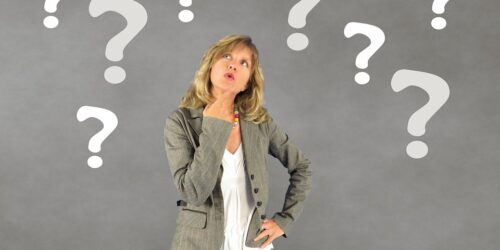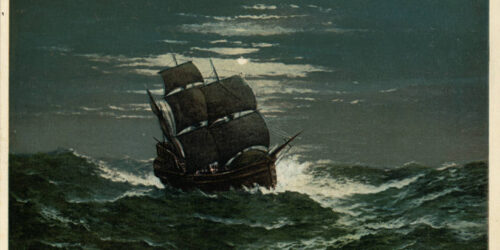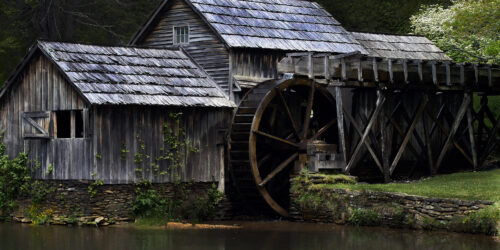Regardless of how tech-savvy genealogists may be, collectively, we seem to acquire huge piles of paper. We can scan the documents, letters, certificates, photos, and other important paper-based items but we feel duty-bound to keep everything. Granted, paper has been around for a long time and has served us well as the most common medium of communication but paper’s time has passed.
There are two great challenges with paper documents: preserving the documents themselves and disseminating the contents.
Look at a paper letter. It is gratifying to see your ancestor’s own handwriting and know that he or she actually touched that precious document. But any paper document only exists in one place and at one time. If you want to share the document with someone else, you need to physically share it. You could photocopy the document but then you have another piece of paper.
My wife and I recently reviewed a large business folder of “genealogy” paper, a friend asked us to review. The stack was about eight inches thick. The paper was well worn. The entire stack appeared to be photocopies. After both of us had gone through the stack page by page looking for any original documents, we concluded that not only was the stack all copies, it was not even original research. Everything in the stack had been copied from printed books about English nobility and royalty. There was not even any original research. We recommended that there was no real reason to preserve the documents. Of course, we do not know what our friend intended to do with the stack.
It is true that many genealogically significant records are continually being lost. I could write a long book about the huge significant collections of photos and other documents that were on their way to the dump and were only snatched from destruction at the last possible minute. As a result, I have spent literally years of my life digitizing documents and finding a place for the originals to be preserved. Here is an example.
 |
| Overson Family Photograph Collection |
This huge collection of early Arizona photos was preserved by a relative of mine who realized the significance of the photographs and carried the huge boxes of glass negatives and other photographs around for 30 years before he gave them to me to preserve. I digitized the entire collection and finally gave the originals to the University of Arizona for preservation. I have all the digitized photos backed up several times on my own computers and have uploaded the maximum number to FamilySearch.org where anyone can view them.
There are those genealogists who resist digitizing all their important records with the excuse that they either do not know how to do the work or point out that digitized records must also be preserved. Yes, it is true. Preserving a digital collection of records takes maintenance but as with the Overson photo collection, once the documents (in this case photos) are digitized, they can be shared with anyone who is even mildly interested. Of you go to the FamilySearch.org Memories section and look at the Gallery link, you will see all the photos your family has uploaded (assuming you or your family have uploaded any photos and have your own information in the Family Tree). If you then search for Overson, you will see the thousands of photos I have uploaded.
When you have a genealogically important or significant paper document, that document is in the paper prison. No one can see it except you. You can only share it physically by making more paper copies. If you lose it or it is destroyed in some way, the contents are lost. But if you find a way to scan (digitize) the document and then find a place such as FamilySearch.org Memories, to share the document online, you can free that document from the paper prison. In a sense, by relying on paper, you are putting yourself in a paper prison.
There is a lot more to say about this situation but it will have to wait until another time.






